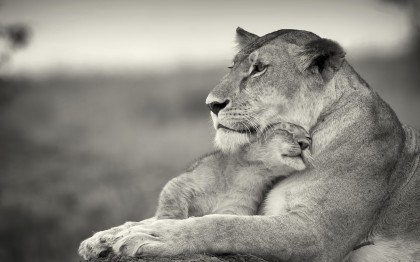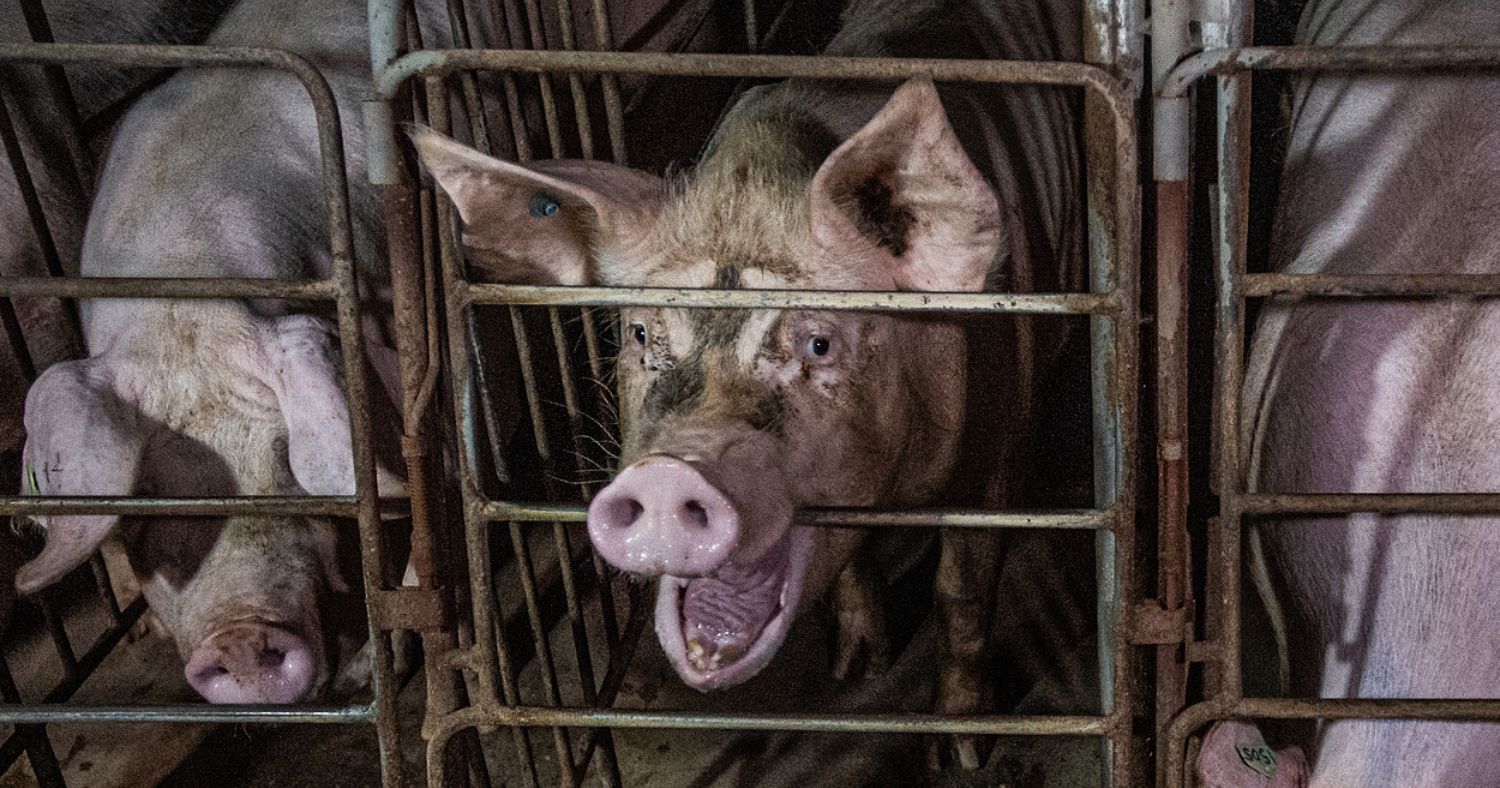This is part III of III on the use of animals for entertainment and the freedom of expression.
Consider the following….
Consider a by-law, let’s call it the Circus By-law, which restricts exotic animal performances to improve the conditions of animals in captivity and based on concerns for the safety of the public. In this example, the purpose of the Animal By-law is not to trench upon someone’s guaranteed freedom of expression, but instead to control the negative physical consequences stemming from the use of animals in performances.
Notwithstanding any procedural problems in relation to the enactment of the Circus By-law, if an applicant wished to challenge such a by-law for violating her freedom of expression, she would have to demonstrate that:
- her use of exotic animals falls within the sphere of expression protected by section 2(b), i.e. that it is an activity that conveys or attempts to convey meaning;
- the purpose or the effect of the by-law is to limit her freedom of expression.
For simplicity sake, this example assumes that it is not the purpose of the Circus By-law to trench on our applicant’s freedom of expression. Thus, to satisfy her burden, the applicant must identify the meaning being conveyed by her expression, and how it relates to one of the three principles identified by the SCC in Irwin Toy Ltd v Quebec (Attorney General) (“Irwin Toy”): (1) the pursuit of truth; (2) participation in the community; or (3) individual self-fulfillment and human flourishing. [1]
Does the use of exotic animal for entertainment fall within section 2(b) protection?
The application judge in Stadium Corp of Ontario Ltd v Toronto (City) challenged the applicant’s assertion that there was in fact any constitutionally protected message communicated through the medium of exotic animal shows or exotic animals in circus acts. [2] Even if it could be established that the use of animals in this manner falls under section 2(b), the Court held that the applicant failed to demonstrate any expressive content or an infringement of any expression or message:
…the applicant’s evidence amounts to no more than a bald statement of subjective opinion, unsupported by any objective evidence or systematic body of knowledge tending to show that exotic animal shows are a form of artistic expression or symbolic speech that expresses, in fact, some kind of meaning or message.
Due to the cruelty inherent in many types of exotic animal performances, Courts should be provided with evidence supporting the proposition that such “expression” is a violent form of expression and therefore fails to attract 2(b) protection. Notwithstanding this possibility, let’s assume that the use of exotic animals in a circus performance does fall under the section 2(b) umbrella. After all, Canadian courts have taken a very liberal approach to the application of section 2(b) and there could be a logical argument suggesting that the use of exotic animals in circus performances attempts to convey some sort of meaning.
Considering that the purpose of the Circus By-law is not to infringe the applicant’s rights, the applicant must still link their expressive conduct to one of the three principles identified in Irwin Toy. I would argue that exploiting animals and subjecting them to ongoing cruelty for human entertainment does not promote one of the three principles outlined in Irwin Toy. In stating this, I would argue that using animals in circuses is an unnecessary addition that does not enhance the performance in anyway. This position is defensible if one takes into consideration the numerous circuses that perform without the use of any animals: e.g. Cirque de Soleil, Cirque Plume, Earth Circus, Circus Oz, Fern Street Circus, Mexican National Circus, and Swamp Circus, to name but a few. Furthermore, the use of exotic animals for human entertainment creates a spectacle at the expense of the well-being of the animal. Surely it is not within the preview of section 2(b) to protect expression which exploits another sentiment being.
If there is a section 2(b) infringement, can it be justified?
If the courts find that the Circus By-law does indeed infringe upon section 2(b), the Charter is still equipped with section 1 to justify the infringement. Section 1 states:
The Canadian Charter of Rights and Freedoms guarantees the rights and freedoms set out in it subject only to such reasonable limits prescribed by law as can be demonstrably justified in a free and democratic society
At this point in the analysis the onus would switch to the responding municipality to demonstrate that:
- The limit is prescribed by law
- There must be a pressing and substantial objective
- The means are rationally connected to the objective
a. The means must be proportional
b. There is a minimal impairment of rights
c. There is proportionality between the infringement and objective [3]
A section 1 analysis is highly dependent on the specific facts of a case. It is therefore difficult to provide a proper application of the test using a hypothetical by-law. That being said, it is still possible to highlight some areas where our Circus By-law may focus, to ensure that it complies with the Charter.
A pressing and substantial objective of the Circus By-law would be to curtail the negative physical consequences which result from the exploitation of animals for human entertainment. This objective would arguably be in accordance with the values of a free and democratic society. Furthermore, the Circus By-law must be carefully drafted to achieve this objective. It should be based on concrete evidence and not be based on arbitrary, unfair, or irrational considerations. In addition, the Circus By-law should be drafted in a manner to ensure that any established 2(b) infringement would be minimal. An example of a ban that does not minimally impair a person’s 2(b) rights would be one that prohibits all circuses, regardless of whether or not they exploit animals.
Lastly, the benefit stemming from the section 2(b) limit must outweigh the seriousness of the infringement. Considering the level of cruelty involved in exotic animal performances, any section 2(b) limitation resulting from the Circus by-law would lead to several exotic animals being shielded from further cruelty and human exploitation. Such a benefit arguably outweighs the seriousness of any infringement that the Circus by-law may have on the entertainment of humans and/or their expression.
In summary, a well drafted and validly enacted municipal by-law aimed at addressing the negative consequences which stem from the exploitation of animals in entertainment, would withstand a section 2(b) Charter challenge. Even if courts conclude that such use of exotic animals constitutes protected expression, there is enough evidentiary evidence to support the proposition that such an infringement would be justifiable under section 1.
Now is the time to recognize the limits on non-human animal exploitation.
Written by Zeynep Husrevoglu, BA, LLB-Articling Student
This blog and the contents herein are for informational purposes only and do not constitute legal advice. Readers are advised to seek legal counsel prior to acting on any matters discussed herein.
End Notes:
[1] Irwin Toy Ltd v Quebec (AG), [1989] 1 SCR 927.
[2] Stadium Corp of Ontario Ltd v Toronto (City), 10 OR (3d) 203.



